🇹🇭 THAILAND | Candraprabha: Dvaravati art
โพสท์โดยสสปัณฑิตชาดก จากภาพจำหลักแผ่นทองคำนูนต่ำรูปจันทราเทพ ศิลปะทวารวดีเมืองศรีเทพ.
📷Credit: สิปานคอลเลคชั่น
✦ Concept design & Costume design by Siphan collection, Chiang Mai. Thailand.
-----------------
✦ Model : วรโม Worawat Poodonmuang
✦ Costume : สิปานคอลเลคชั่น
✦ Stylist : ธีรยุทธ นิลมูล
✦ Makeup : Sawat Jaikham
✦ Photographer : IpeckZa Saknarong Saelim
✦ Assistant photographer : ปัญจรุจน์ ชัยกิตติวิรุฬห์ BK Kumprung Kru Stikger Jaikam
-----------------
🔸 The Outfit was inspired by Candraprabha or 'Lunar Deity' Personification of the Moon, Si Thep, Phetchabun province, Thailand, 7th century from Dvaravati period lasted from around the 6th to the 11th century in what is now Thailand. Dvaravati refers to a culture, an art style, and a disparate conglomeration of principalities. Dvaravati itself was heavily influenced by Indian culture.
🔸 "สสปัณฑิตชาดก" Candraprabha, “he who has the moon [candra: จันทรา]” is bodhisattva. In the context of a number of Buddhist Jataka tales, the hare depicted in the nimbus alludes to selfless acts of giving (dana), leading ultimately to the Buddhist virtue of danaparamita, the perfection of giving.
—————•♦•—————
🔸 Si Thep Historical Park (Thai: อุทยานประวัติศาสตร์ศรีเทพ) is an archaeological site in Thailand's Phetchabun province. It covers the ancient city of Si Thep, a site inhabited from around the third to fifth century CE until the thirteenth and spanning cultural periods from late prehistory to Dvaravati era.
📌 Dvaravati period lasted from around the 6th to the 11th century in what is now Thailand.
Dvaravati refers to a culture, an art style, and a disparate conglomeration of principalities.
Dvaravati itself was heavily influenced by Indian culture and played an important role in introducing Buddhism and particularly Buddhist art to the region.
"Buddhism was important during the Dvaravati period. Stories carved on the sema stones are mostly stories from Jataka tales and the Lord Buddha's life. The Northeast has many ancient sites related to Buddhism.
.
🇹🇭 Is Dvaravati (Dhavaravati) really in Thai territory?
From found inscriptions on silver coins that mention "Sri Dvaravati Swarapunya" means "Merit of the King of Sri Dvaravati" (inscription in Sanskrit age around the 13th Buddhist century), which indicates that Dvaravati (Dhavaravati) is real in Thailand and there are also inscriptions on the Buddha statues at Wat Chanthuk, Pak Chong, Nakhon Ratchasima, and many others. As for the evidence found outside the country, such as the evidence of the record of the Chinese monk Jin Hong The record of the land in the southeast of India. But the name Dvaravati is pronounced in a Chinese accent as "To Lo Po Ti", which in Sanskrit means "Dvaravati" (Dhavaravati), which corresponds to finding silver coins in Thailand. Therefore, Dvaravati (Dhavaravati) is definitely in Thailand.
.
🇹🇭 How did the Dvaravati (Dhavaravati) Kingdom disappear?
It is assumed that the factors that made the country prosperous in the past (prosperity considering the evidence of antiquities and artifacts that have been found) abandoned or gradually people reduce that number. There could be a number of reasons, such as an outbreak of an epidemic or a move to a more prosperous location. But if talking about the broad picture, such as the disappearance of Dvaravati culture, such as the creation of Dvaravati style Buddhism, the disappearance of the Dvaravati font, and others, part must be admitted to disappear with other cultures inserted. Which has a high probability that the culture was Khmer in the reign of King Suriyavarman I, during the 16th Buddhist century. Which is the period after the Buddhist century of the Dvaravati period. In some parts of the central region of Thailand, there are some Khmer cultures inserted, such as the construction of a castle and the inscription of King Suryavarman. which assumes that King Suryavarman I began to have power over Lop Buri Because in the middle of the 16th Buddhist century, which is when Dvaravati gradually disappeared from Lopburi And the most obvious is the reign of King Jayavarman VII.
.
🇹🇭 How did the Dvaravati (Dhavaravati) Kingdom disappear?
If Dvaravati (Dhavaravati) is 400 years old (this age means the beginning of the kingdom and the end of the kingdom), why is there only one king? Part of the name of the king may be found in non-permanent evidence, such as scriptures made from palm leaves or paper. Thus resulting in a lack of evidence, one of the problems of Dvaravati is the deterioration of the object. A thousand years old, it must naturally deteriorate. People at that time might have thought that what they had built was already strong. Didn't think it would have to last 1,000 years, it was just one lifetime of him. Like building a house, you wouldn't think that our house would have to live for a thousand years only in our lifetime
.
🇹🇭 “What is Dvaravati?” Part of it is the foundation of Thailand and many cultures have been inherited to Ayutthaya, such as the name of a Thai design pattern, etc., which has its roots since the Dvaravati period. At that time it was assumed that it might have been brought from India again or the adoption of doctrine Buddhist culture that uses the Pali language or the name of Ayutthaya "Bangkok bowon, Dvaravati Sri Ayutthaya" may be the name of the original city added as well. Therefore, Dvaravati, despite being a thousand years old, is an undeniable part of the foundation of Thai culture (people in Dvaravati era which many people today may be seen as Mon people).
—————•♦•—————
#สสปัณฑิตชาดก #อุทยานประวัติศาสตร์ศรีเทพ #เมืองศรีเทพ #เพชรบูรณ์ #ชุดไทย #ทวารวดี #โบราณคดี #ประวัติศาสตร์ #วัฒนธรรมไทย #การแต่งกายสมัยทวารวดี
#Candraprabha #moon #Buddhist #Dvaravati #SiThep #Phetchabun #Mon #Thai #costume #dress #Culture #jewelry #accessory #crown #Thailand #ThaiCulture #ThaiCultureToTheWorld



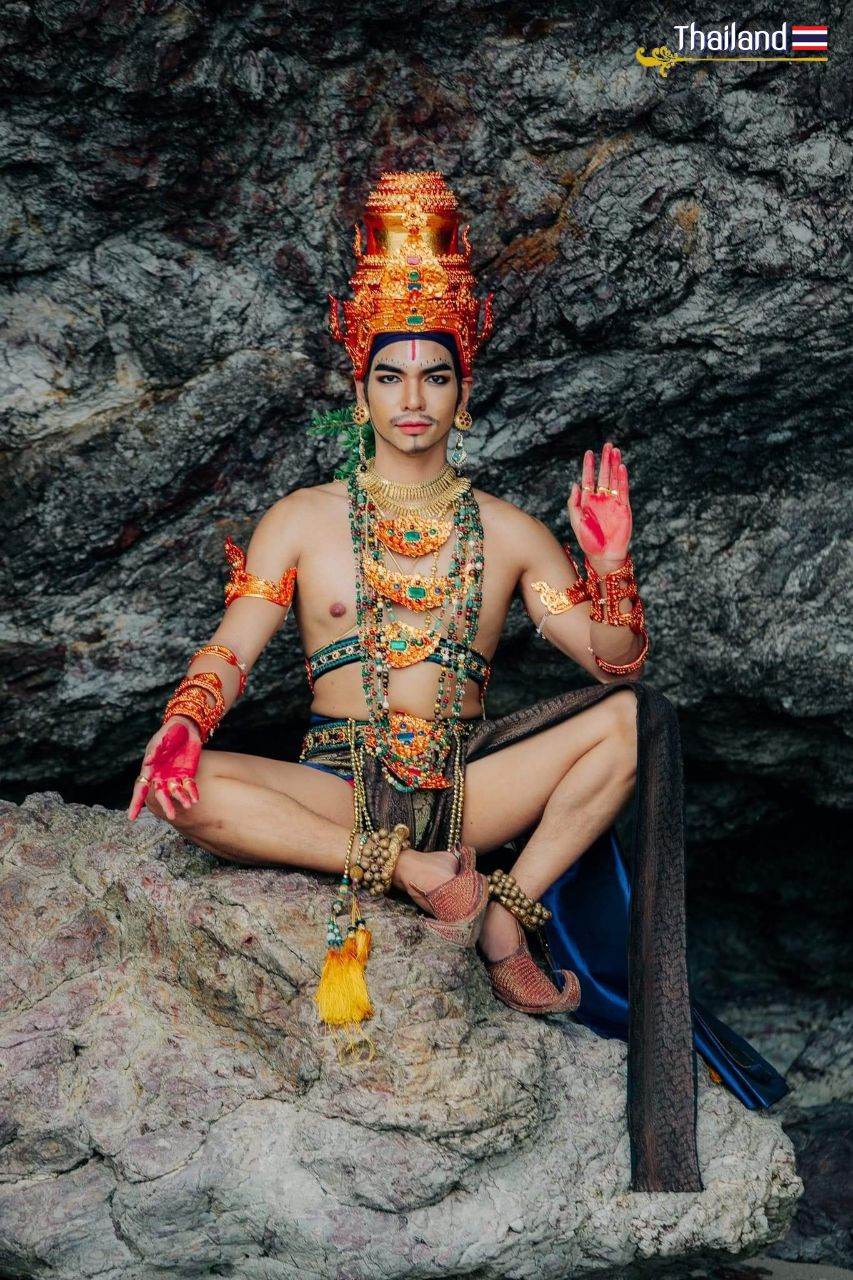
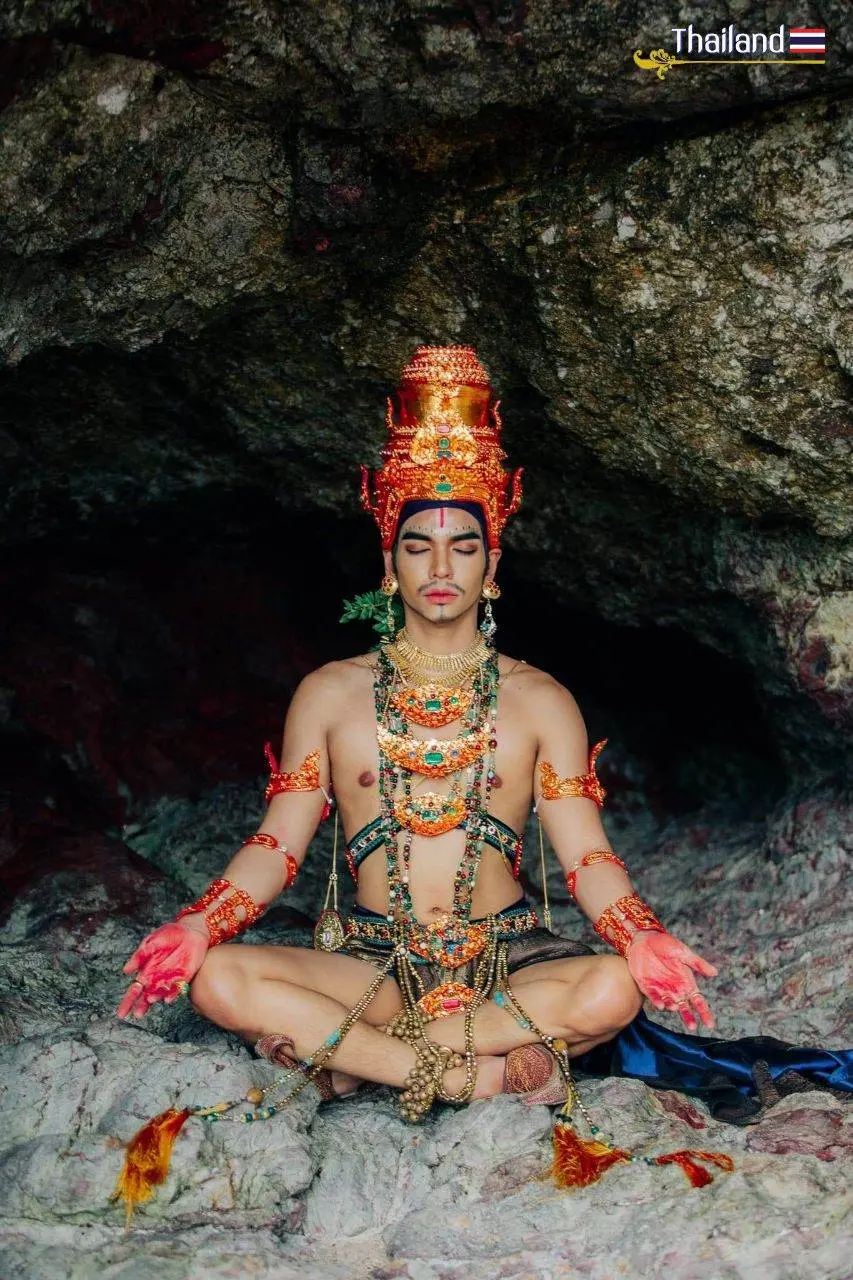
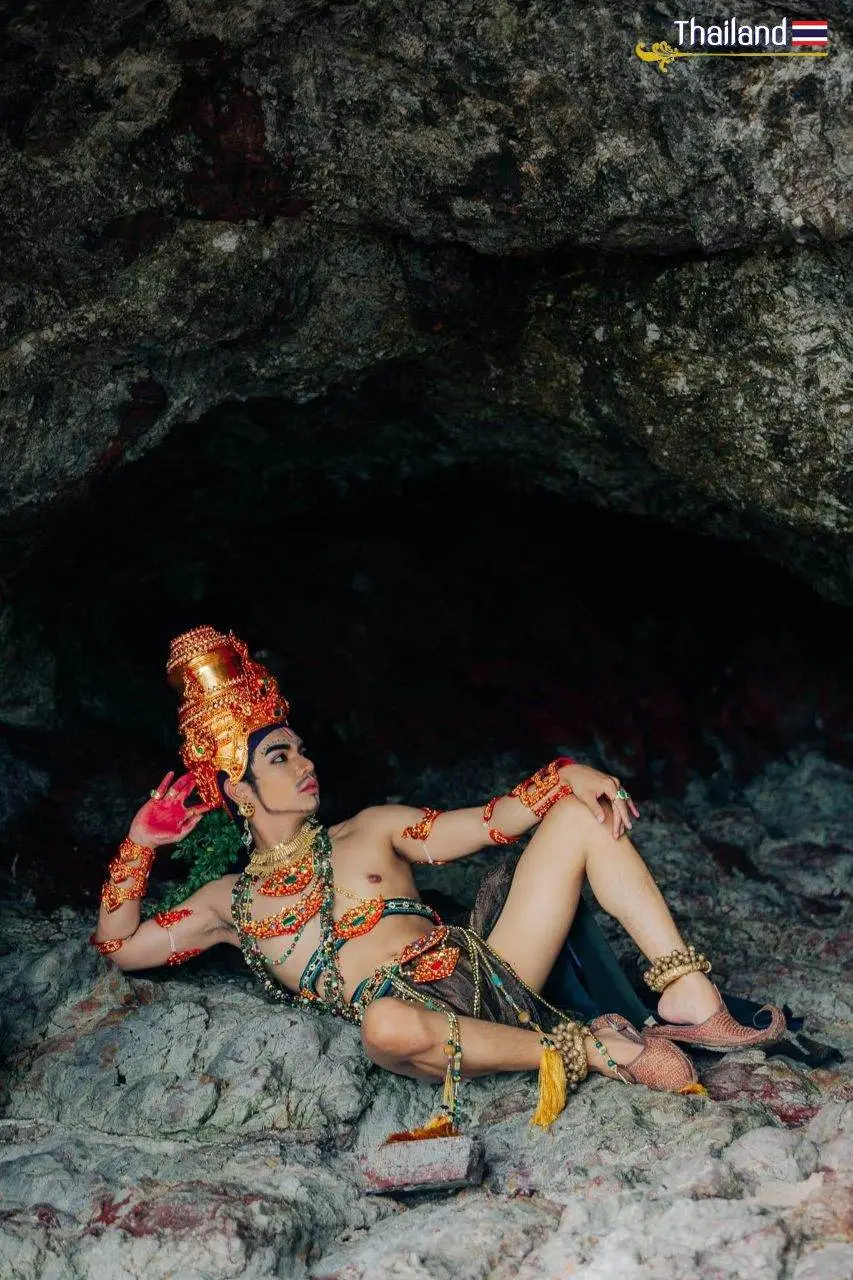
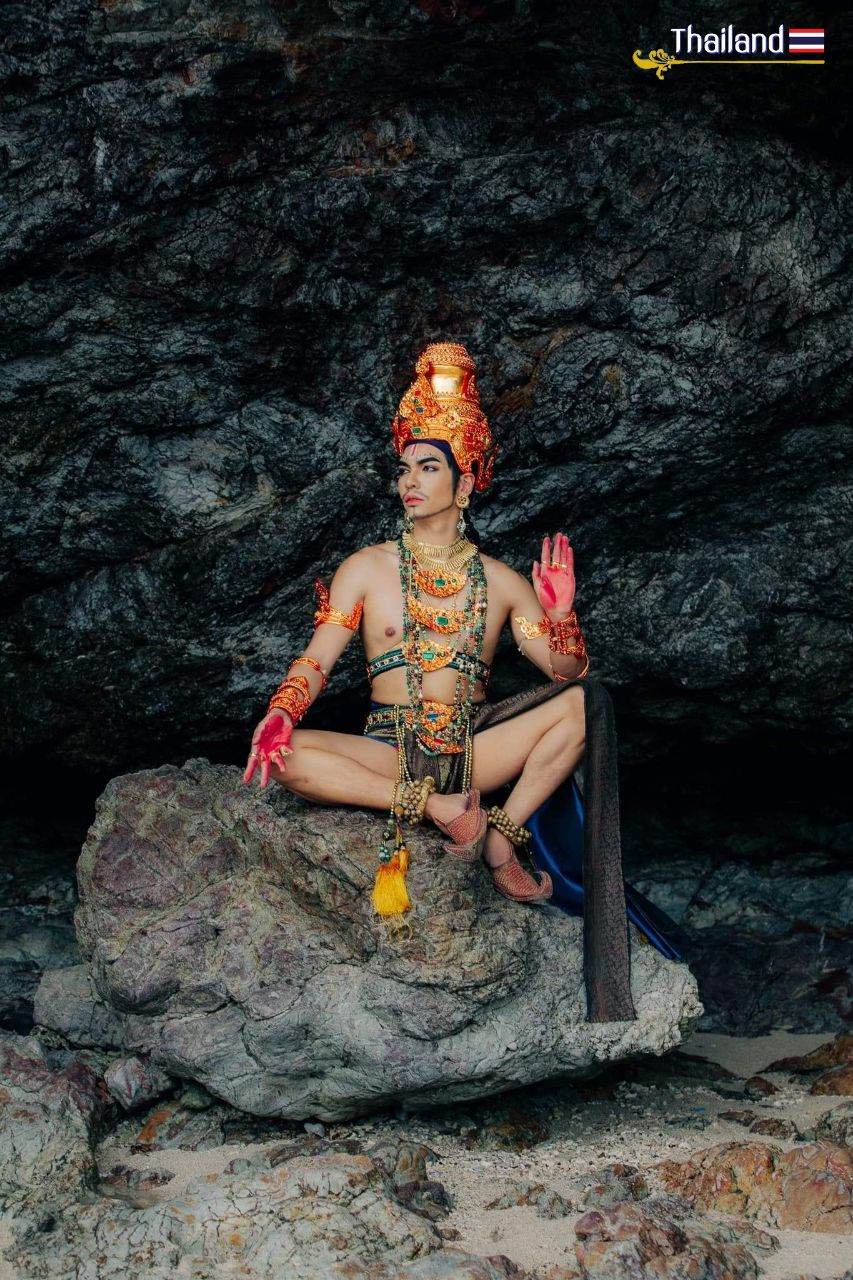
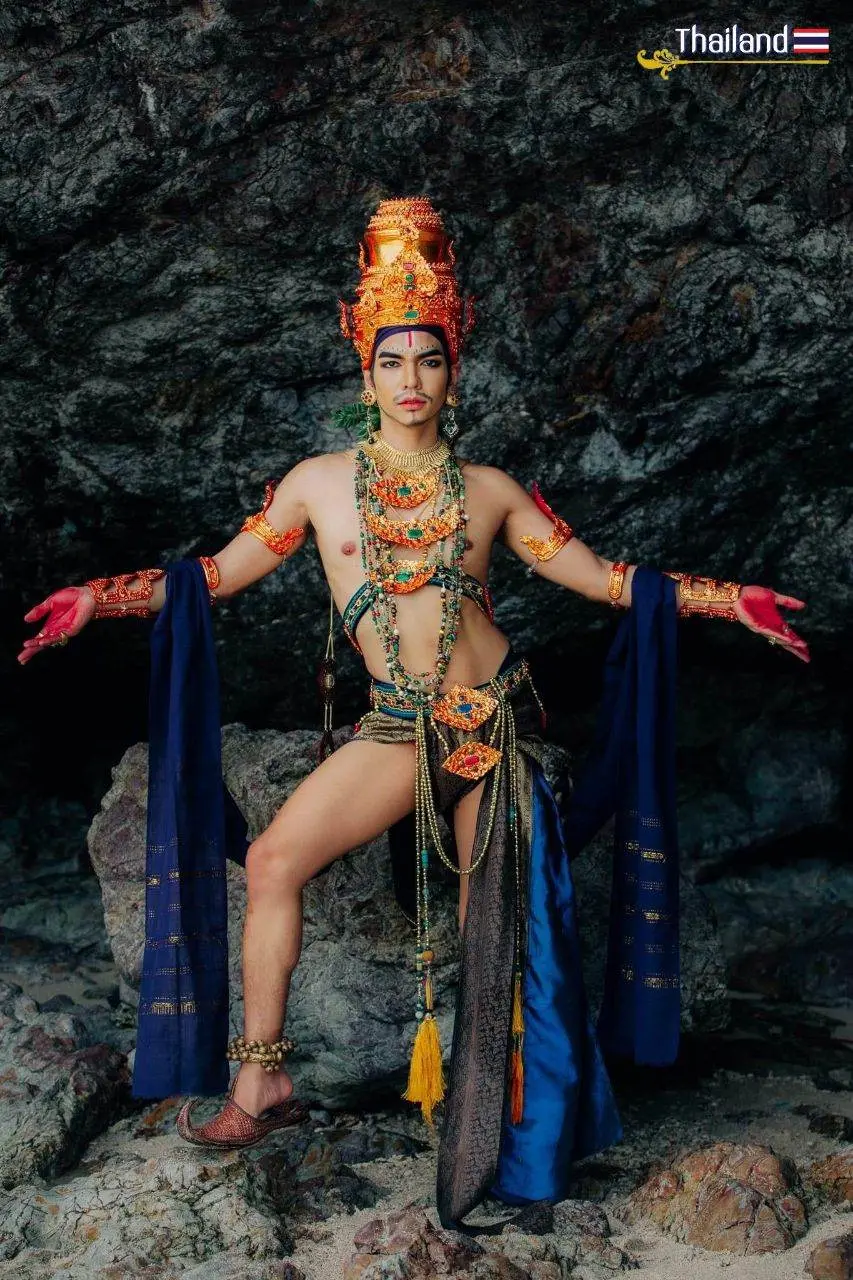
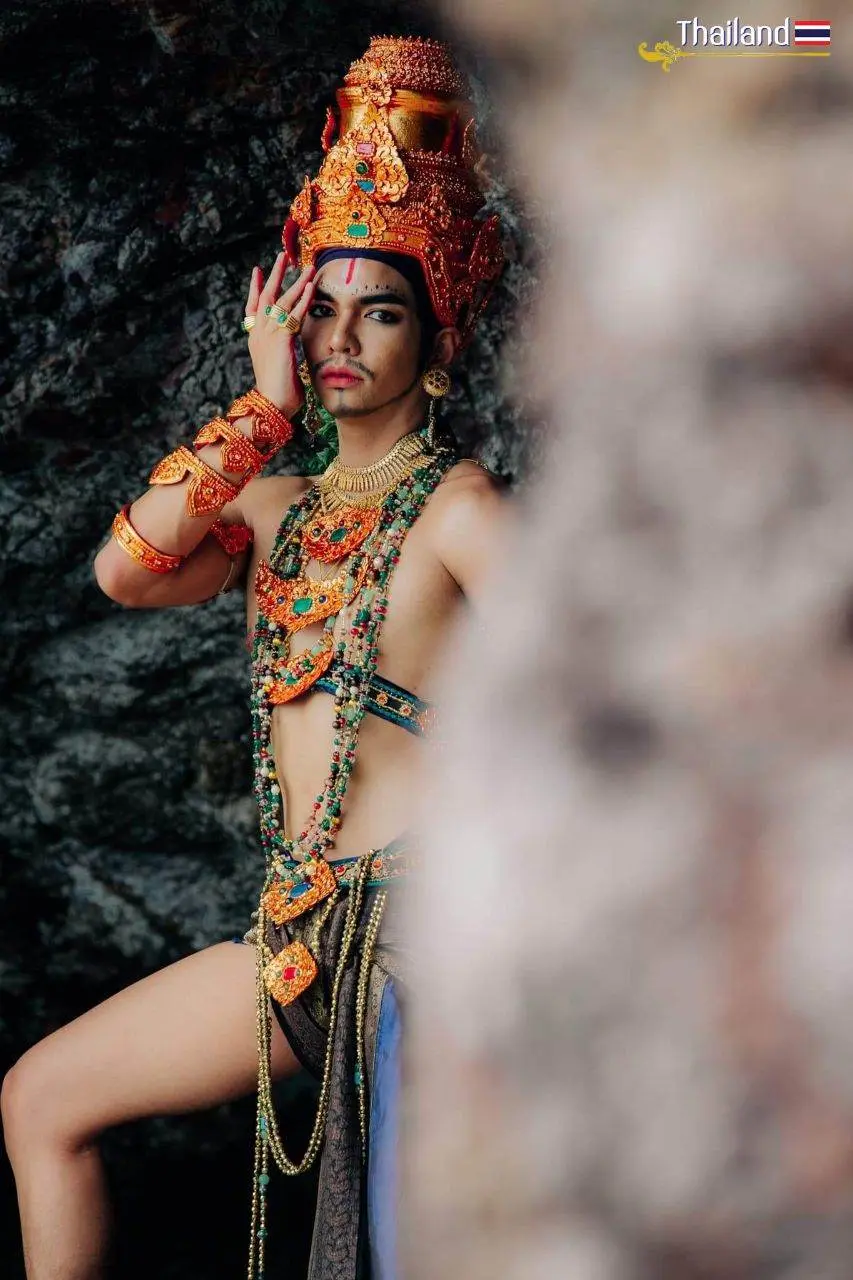
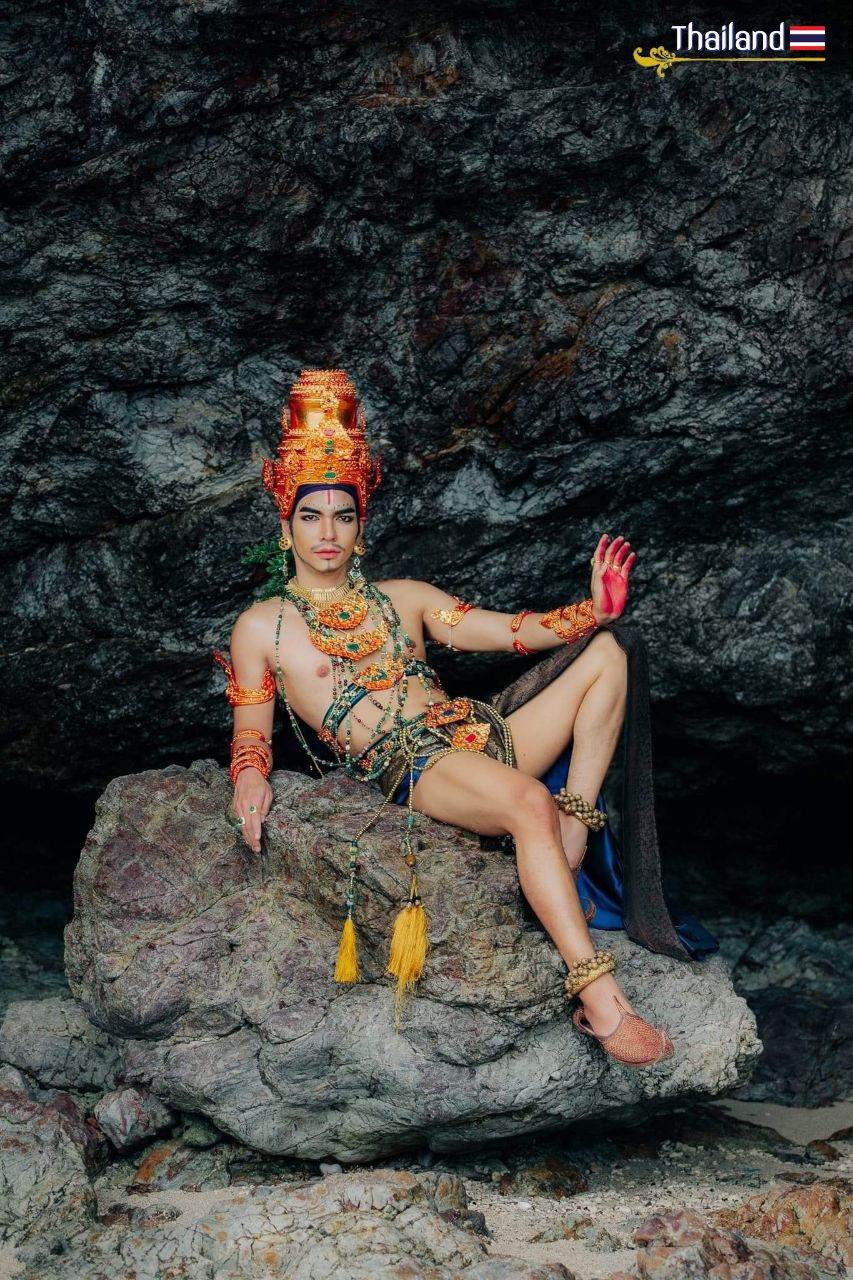
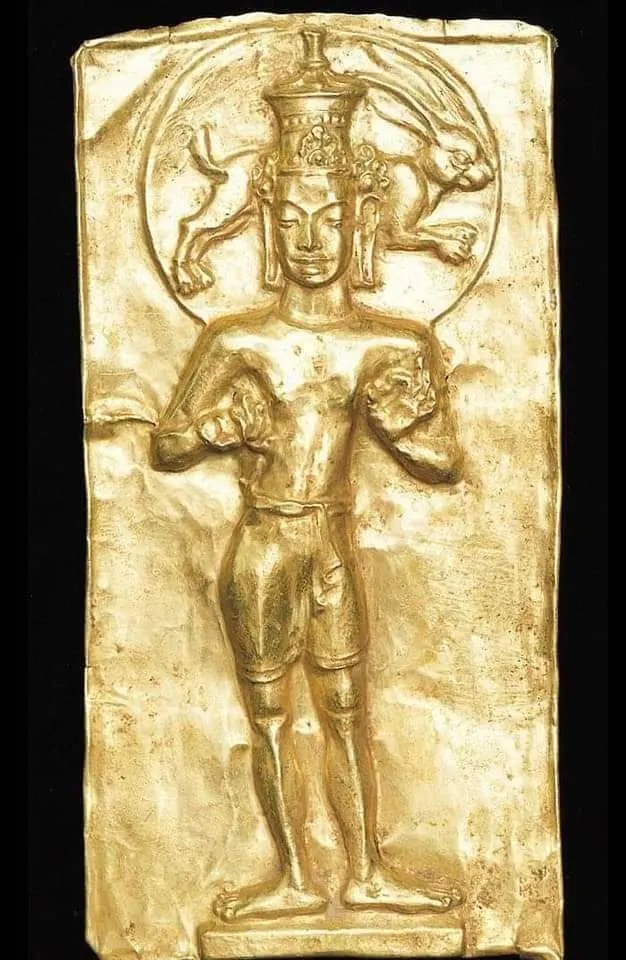
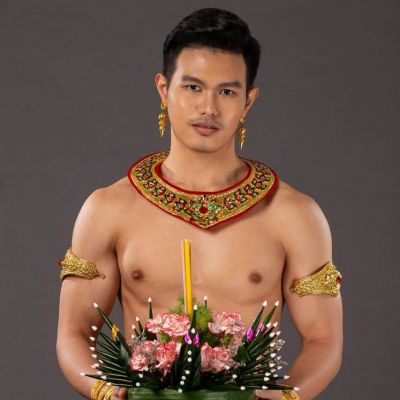 THAI GUY IN TRADITIONAL OUTFIT, and LOY KRATHONG FESTIVAL | THAILAND 🇹🇭
THAI GUY IN TRADITIONAL OUTFIT, and LOY KRATHONG FESTIVAL | THAILAND 🇹🇭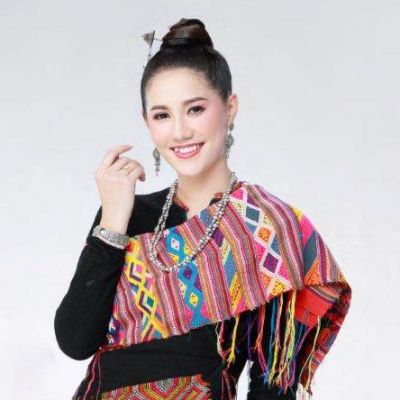 Laos 🇱🇦 | ethnic and tribe outfit, ການແຕ່ງກາຍຂອງຊົນເຜົ່າໃນລາວ by MISS LAOS ນາງສາວລາວ2020
Laos 🇱🇦 | ethnic and tribe outfit, ການແຕ່ງກາຍຂອງຊົນເຜົ່າໃນລາວ by MISS LAOS ນາງສາວລາວ2020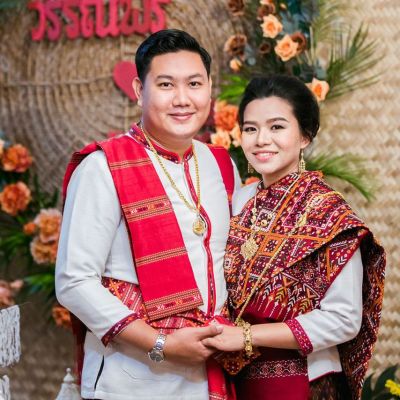 THAILAND 🇹🇭 | งานแต่งงานอีสาน(งานกินดอง) ในธีม... ชุดผู้ไทย
THAILAND 🇹🇭 | งานแต่งงานอีสาน(งานกินดอง) ในธีม... ชุดผู้ไทย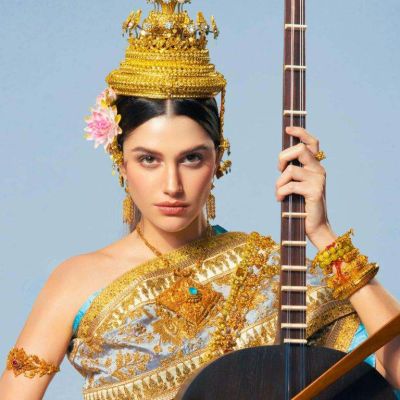 🇹🇭 THAILAND | Nang Songkran 2023: Kimita Devi 💦
🇹🇭 THAILAND | Nang Songkran 2023: Kimita Devi 💦